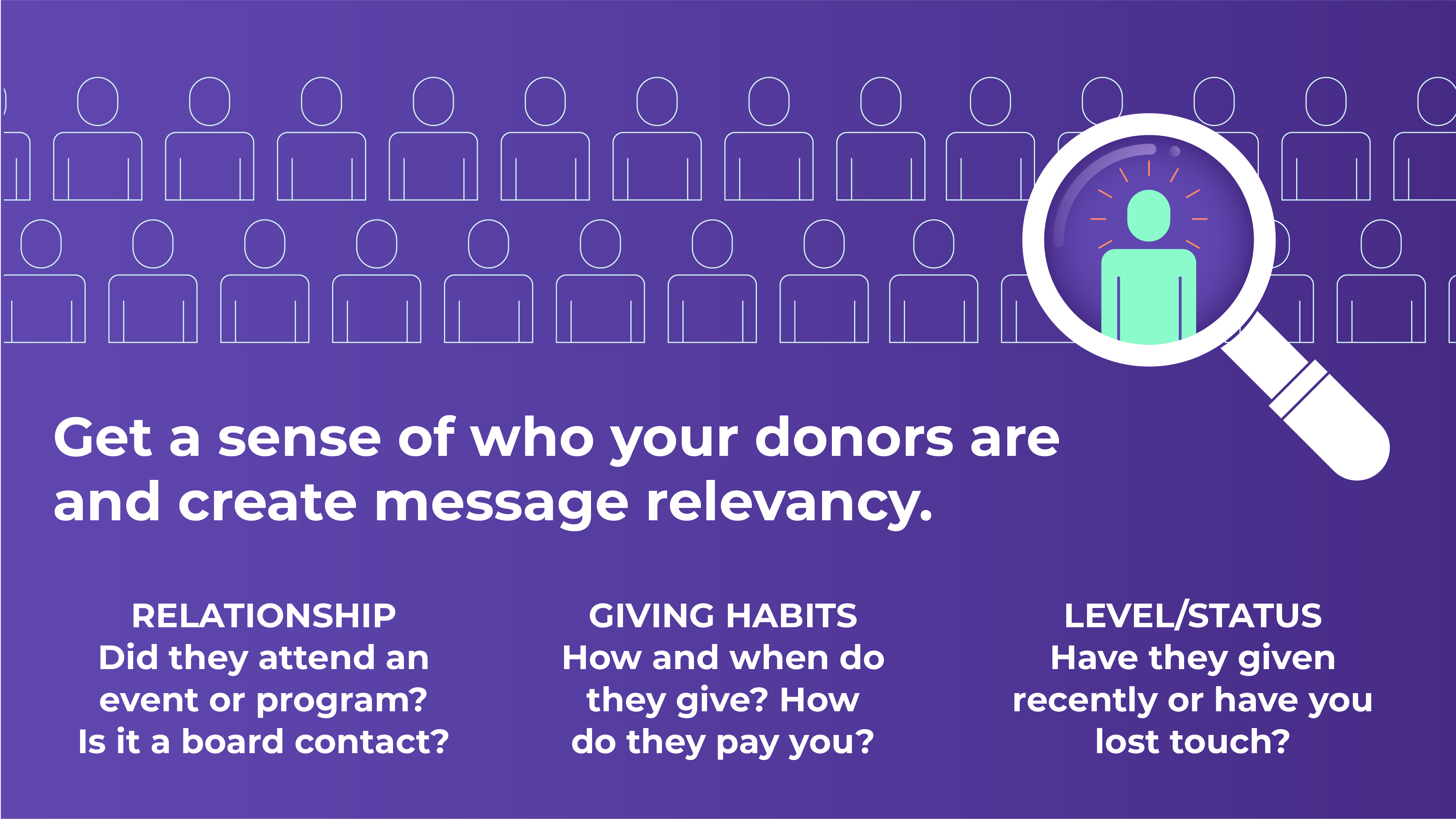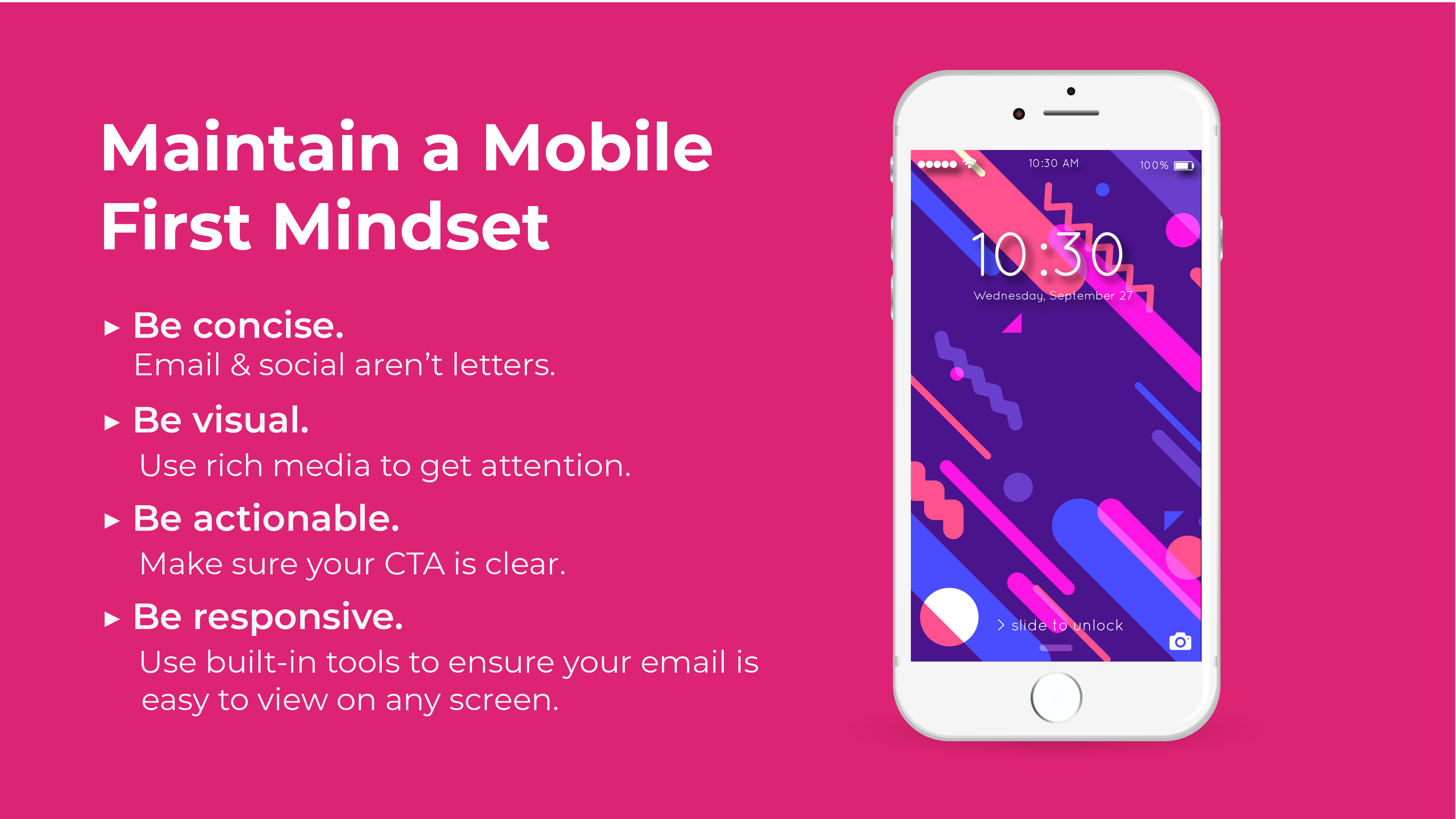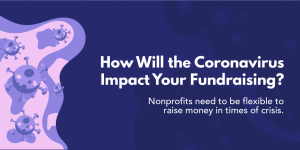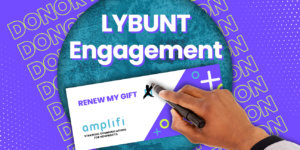We’ve said it before, and we’ll say it again. The fundraising landscape is not the same as it was five years ago. Despite that, we still see many nonprofits using their same appeal strategy, hoping for different results.
As part of our ongoing mission to help nonprofits get more out of their communications and fundraise better, we shared our thoughts during a free seminar last week at the Newark Museum. Providing the tools to enhance your appeals is important to us. So, we’ve compiled five key takeaways from our seminar to share with you, even if you couldn’t attend!
1. Plan More Effectively
One appeal letter is not enough to grab the attention of your donors and inspire them to act. Instead, you should look at your appeal as a multi-touch phase within a larger campaign. You can support your appeal strategy with emails, social media, and phone calls with major donors. You know your donors and their preferences best. So, its up to you to figure out what they want, when they want it, and how they prefer to get it.
But you don’t want to send your appeal over and over through different channels. That’s an easy way to fatigue your donors! Remember, we’re thinking about your appeals as one phase of a campaign. Other phases can include communications about what your organization is accomplishing, without making an ask.
After your appeal phase, you should shift your focus to any regular donors who did not respond to your most recent ask. January or July (depending on when your fiscal year ends) is perfect for focusing on LYBUNT outreach. Get in touch to your usual supporters, find out why they didn’t contribute and determine how to encourage them to give again the next time you ask.

2. Harness the Power of Your Data
During the Q&A portion of the seminar with the Newark Museum’s Director of Individual Giving, Michele Saliola, we discussed how the Museum cut its mailing list in half and improved their overall results. You don’t need to mail to everyone on your donor list! In fact, the old “spray and pray” approach is just a waste of money. Instead, use your data to prioritize which donors are most likely to respond to direct mail.
You can also use what you already know about your donors to create more relevant communications that inspire them to act. If you don’t know where to start, just start somewhere! Some of the areas we highlighted at our seminar include past giving habits, their giving level, their location, and the nature of your relationship. For example, if they’ve attended your events before, acknowledge that when you reach out!
Variable and version content can help you give your appeals that extra personal touch. Experiment with variable ask amounts on your reply cards for different donor segments. Headings and other images in emails or direct mail can be versioned based on the criteria we mentioned above to further enhance your appeals. Test something new, analyze what worked, and adjust for your next communication.
3. Reframe Your Story
You need to tell a story in your appeals that your donors want to hear. Board members may have their eye on the bottom line, but that’s not what resonates with donors. They want to know how your organization will put their money to work to advance their mission. Helping your organization reach fundraising goals will not motivate donors. So, don’t write the appeal your board members want. Donor-centric communications that tell a story about how supporters help your organization make a difference are a much more effective way to enhance your appeals.
The best stories are the ones that have a singular focus. Remember, a story of thousands is faceless. Donors are much more likely to relate to a story about one person’s experience with your organization. When you do this, connect the story to your mission. This way, you let donors know this is just one example of how each gift makes an impact on your goals without weakening the narrative.

4. Expand Your Reach
You need to get your message in front of the right crowd. Did you know that highly personal communications across three or more channels have shown a 300% increase in response rate compared to a generic message shared through one platform?
Now you might be thinking, “One appeal was so much work! How can I possibly come up with something unique for several channels?”
Well the good news is, you don’t have to! Repurposing content across multiple channels is an easy way to enhance your appeals. However, this doesn’t mean you can take a picture of your print appeal and send it in an email. But carrying branding and other elements across mediums will significantly cut your workload while making your messages feel more cohesive.
But you also need to make each step easy for donors. One way to do this is by thinking from a mobile-first mindset. In fact, 54 percent of emails are opened on a mobile device! If your emails or website are a pain to read on a smartphone, you’re limiting the number of donors that can engage with you. Keep your communications concise, visual, and actionable to make the most of mobile users. The payoff can be huge! In fact, nonprofits with a mobile first mindset can increase donations by an average of 126 percent!
5. Use Analytics to Your Advantage
There can be a lot involved when it comes to leveraging analytics. Like with your personalization efforts, we recommend starting small and building from there. For example, re-send your appeal to those who didn’t open the first time with a different subject line, or at a different time of day. If they opened, but didn’t click, send a forwarded version of the original appeal email with a personal and urgent message from someone they are familiar with in your organization.
You can also use basic analytics to identify any disconnects in the online giving process. It always amazes us how many nonprofits don’t track their online conversion rate. It’s actually quite simple to determine.
- Use Google Analytics to determine how many people visited your online giving page during a set period of time.
- Determine how many online donations you had from the same time period from the same form.
- Divide your visitors by the number of online donations you had.
This will tell you how many of your donors intended to leave a gift, but left your site before finishing the transaction. Don’t worry, we already wrote a blog post about how you can enhance your appeals and get that conversion rate well above the 17 percent average.
See You Next Time?
If you are in the NYC area, we hope that you’ll join us at one of our future fundraising seminars. If you are not local, keep an eye out for us at any nonprofit conference you attend! As always, read our blogs and sign up for our newsletters to stay on top of the latest nonprofit communications strategies!







